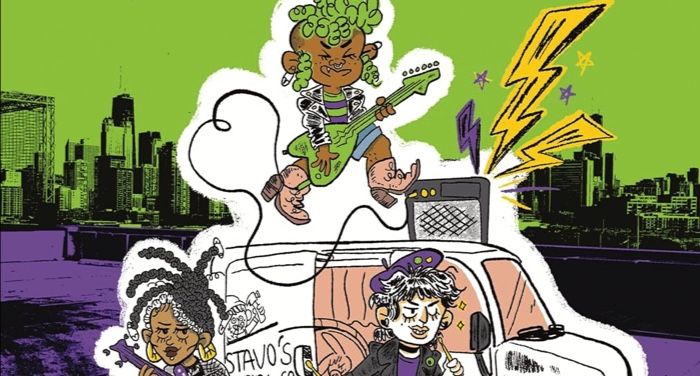Twitter’s been on a creator-focused tear.
The company announced its first subscription service earlier this month, called Twitter Blue. It now lets people tip select users through the app, and the company acquired newsletter platform Revue to allow creators to publish and monetize newsletters. It’s also rumored to be close to launching its Super Follows feature, which would allow some users to charge others for select content.
All of this comes after the company set an ambitious goal to double its revenue by the end of 2023 and grow its user base to 315 million daily active users. But it appears creator cuts won’t make a material impact on the company’s revenue anytime soon.
All of Twitter’s current bets in the creator space can be thought of as a type of insurance or a hedge, in case there is a smart way to make money through creator cuts (aside from advertising), Laundry Service head Jordan Fox told CNBC.
“Every platform CEO thinks: what if direct, platform-facilitated creator monetization explodes as a market? What if it goes from a niche offering to a massive revenue driver comparable to or larger than advertising is today? What if we miss it?” Fox later added in an email. “Putting fee structures around this stuff now is the hedge against that scenario.”
Look to Instagram. The social media company said it would temporarily waive fees on its creator monetization products. However, Fox said there’s a reason it wasn’t framed as a free product.
“What if the market becomes huge, and Instagram wants or needs to participate economically? They need to be ready for that, unlikely as it may seem today,” Fox said. Currently, more than 50 million people globally consider themselves creators, according to a report from venture firm SignalFire, and it’s the fastest-growing small business segment.
It’s a creator’s world
Every social media giant has started making bets on creators.
Instagram chief Adam Mosseri recently told CNBC that its parent company, Facebook, wants to have millions of creators making a living through its family of apps. Snapchat will allow users to tip some of its most popular creators, and the company regularly pays people for posting popular content on its short-form video service. Pinterest also introduced a creator fund for a small group of users.
Despite the subscription business model serving as one way to diversify Twitter’s revenue streams, the company still makes most of its money from ads. According to its first-quarter earnings report, advertising makes up more than 86% of Twitter’s revenue.
“Twitter’s core revenue stream will remain its ads business for the foreseeable future. Any money made from creator cuts will be supplementary income for the company,” Jasmine Enberg, eMarketer senior analyst at Insider Intelligence, told CNBC in an email.
EMarketer said it expects Twitter’s worldwide ad revenue to grow 28.7% to $4.03 billion in 2021, after traffic acquisition costs. A social media company’s ad inventory only has value when people voluntarily spend hours a day on the platform. And people do that, mainly, to view content posted by creators.
“Twitter’s value proposition to advertisers is its highly engaged user base. Creators are major drivers of user engagement on social media, and Twitter’s new creator-focused features can help the company attract and retain creators. The end goal is to boost user engagement in order to incentivize advertisers to invest more in the platform, thus increasing Twitter’s ad revenues,” Enberg added.
Social media companies still need creators. And they need them more than the artists need the social media companies.
“You see a lot of experimentation right now where the platforms are flirting with trying to directly monetize creators, but they also don’t want to overstep and alienate them,” Fox said.
That means that while these social media companies want to bring in supplemental revenue through creator cuts, they have to tread carefully. If a company, for example, takes too much of a cut, a creator could decide to focus their time on other apps. The social media company could then, in turn, lose that person’s stream of content and not make a cut of revenue and miss out on advertising dollars.
“For creators whose stock in trade are words and ideas, Twitter has always been the center of the universe, and they’re making smart strategic decisions to keep it that way,” Fox added.




